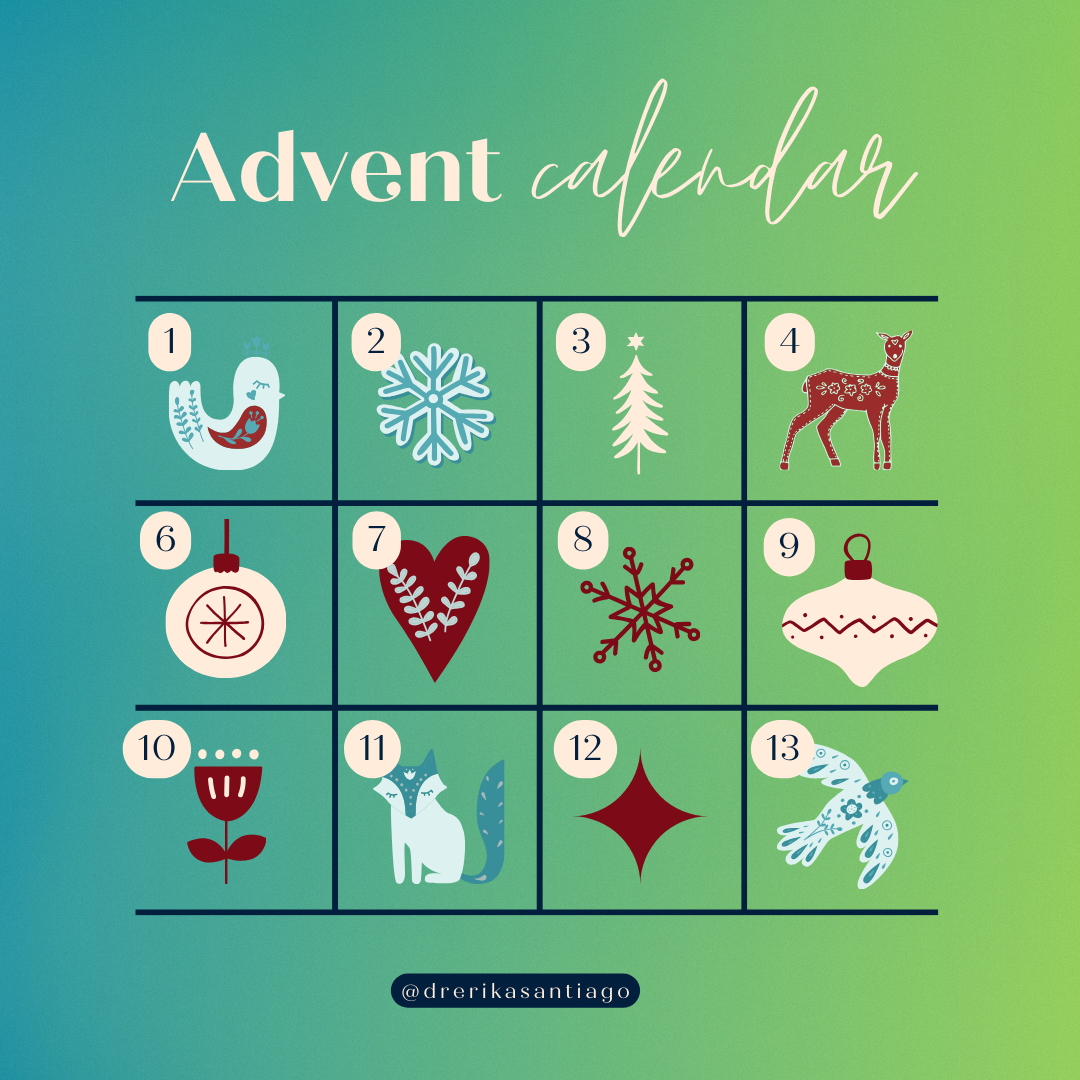This week, there has been a lot of buzz around when is it too early to decorate for Christmas? There’s this window between Halloween (which was last week) and Thanksgiving that both retailers and Christmas holiday enthusiasts want to fill with Christmas seasonal stuff. As someone who thinks about cultural Christianity and Christian culture in America, I’ve been following this story with interest.
What immediately occurred to me after seeing an ad on social media for a Lego Advent Calendar toy, is that I didn’t know the history of the “advent calendar” and how it aligned with scripture or if it was just a cultural thing. Well, the short answer is that it’s a cultural thing. Here’s the long answer:
Advent calendars have a rich history rooted in Christian traditions and practices surrounding Advent, the period of waiting and preparation for the celebration of Christ’s birth. The tradition of counting down the days leading up to Christmas originated in German-speaking regions in the 19th century, when families would use different methods, such as marking walls or lighting candles, to count the days from December 1st to December 24th.

The first known printed Advent calendar was produced in 1908 by Gerhard Lang, a German publisher inspired by his childhood experience with a homemade calendar that his mother had made, where small candies were affixed to a board. Lang’s early calendars included pictures, verses, and sometimes small gifts hidden behind doors to be opened daily, thus starting the format that we see today.
Advent calendars began gaining traction in the United States after World War II, mainly due to the presence of American troops stationed in Germany who brought the tradition back to the U.S. Additionally, the import of German-made Advent calendars by popular American figures, like President Dwight D. Eisenhower, helped familiarize the tradition among American families in the 1950s. Eisenhower was even photographed with an Advent calendar, which contributed to its appeal as a festive and family-oriented activity.
Throughout the 20th century, Advent calendars grew in popularity within American Christian culture as they became increasingly marketed as a way for families to celebrate the anticipation of Christmas in a visually engaging and interactive way. Christian publishers also began creating religious-themed Advent calendars focused on Nativity scenes, scripture verses, or Christian symbols to highlight the season’s spiritual significance.
Today, Advent calendars in the United States span a wide variety of designs and themes, ranging from traditional Nativity-themed ones to secular versions containing chocolates, toys, or other small surprises.

For American Christians, they often serve as both a cultural tradition and a means of maintaining a spiritual focus during the lead-up to Christmas. However, they’re not a part of every Christian tradition, I did not learn about advent or advent calendars or candles until I was an adult living in the American South. Christmas in New York runs from the end of the Macy’s Thanksgiving Day Parade to the ball drop on New Year’s Eve.
This conversation about Christmas decorations and cultural Christian Christmas activities has me thinking about more questions… like are we only influenced by German traditions? What do other cultures around the world do to celebrate Christmas?
Stay tuned for a few more blog post on this topic and get ready to wow your friends and family with your deep knowledge of Christian Christmas history!

